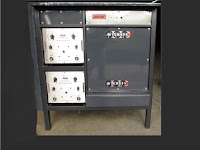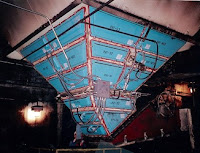Held every three years, CastExpo offers metalcasters, suppliers, and casting buyers and designers the opportunity to connect and educate themselves on the latest metalcasting has to offer.
 |
| Aftek Quad Arc Welder |
Aftek (Division of Hotfoil-EHS) will be attending displaying their Quad Arc heavy duty arc welder, Quad Arc are:
designed for low maintenance in harsh environments. Features of the
designed for low maintenance in harsh environments. Features of the
- Submerged arc.
- Air arc gouging to ½” electrodes.
- FCAW (flux core MIG) all positions, self or gas shielded.
- Performing outstanding results on stainless, or steel castings.
- Power sources, rated for 100% duty cycle. Amperage range adjustable in 5 amp increments.
- Designed with Harsh Environment in mind.
- Designed with a single transformer on the MV1500G1.
- Powder Coated for a long lasting durable paint job.
- Protected with thermostatically controlled alarms on the rectifiers and the transformers.
- Designed to shut down if any of the Alarms are Energized.
- Easy-to-reset overload breaker for circuit protection.
- Optional protection for incoming Primary Power.
- Dimensions 51” Wide x 40” Deep x 57” Tall.






